Descripción
La guía autorizada para modelar y resolver problemas complejos con programación lineal, ampliamente revisada, ampliada y actualizada. El único libro que trata tanto las técnicas de programación lineal como los flujos de red en una sola portada, Programación lineal y flujos de red, cuarta edición, ha sido completamente actualizado con los últimos desarrollos sobre el tema.
Esta nueva edición continúa enfatizando con éxito los conceptos de modelado, el diseño y análisis de algoritmos y las estrategias de implementación para problemas en una variedad de campos, que incluyen ingeniería industrial, ciencias administrativas, investigación de operaciones, informática y matemáticas.
El libro comienza con resultados básicos sobre álgebra lineal y análisis convexo, y se proporciona un estudio con motivos geométricos de la estructura de conjuntos poliédricos. Los capítulos siguientes incluyen la cobertura de ciclos en el método simplex, métodos de puntos interiores y análisis de sensibilidad y paramétrico. Los temas recientemente agregados en la Cuarta Edición incluyen:
* El fenómeno del ciclismo en la programación lineal y la geometría del ciclismo.
* Relaciones de dualidad con el ciclismo
* Elaboración de factorizaciones estables y estrategias de implementación.
* Generación de columnas estabilizadas y aceleración de los métodos de descomposición de Benders y Dantzig-Wolfe
* Ideas de búsqueda de línea y ascenso dual para el algoritmo fuera de lugar
* Comentarios de implementación de almacenamiento dinámico, información sobre circuitos de costos negativos y análisis de convergencia adicionales para problemas de ruta más corta
Los autores presentan conceptos y técnicas que se ilustran con ejemplos numéricos junto con ideas completas con análisis y justificación matemáticos detallados. Se pone énfasis en proporcionar puntos de vista geométricos e interpretaciones económicas, así como en fortalecer la comprensión de las ideas fundamentales. Cada capítulo está acompañado por secciones de Notas y Referencias que brindan desarrollos históricos, además de las tendencias actuales y futuras. Los ejercicios actualizados permiten a los lectores probar su comprensión del material presentado, y las referencias extensas brindan recursos para estudios posteriores.
Programación lineal y flujos de red, cuarta edición, es un libro excelente para cursos de programación lineal y flujo de red en los niveles superiores de pregrado y posgrado. También es un recurso valioso para los científicos aplicados que deseen actualizar su comprensión de la programación lineal y las técnicas de flujo de red.
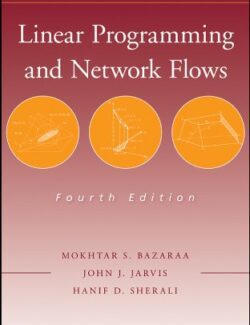


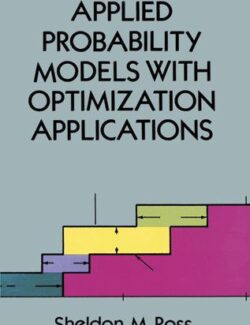


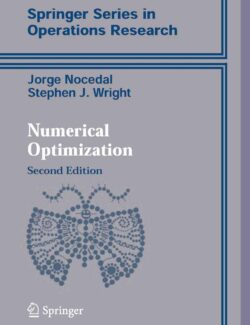
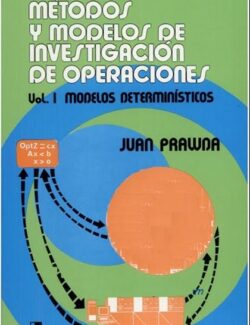
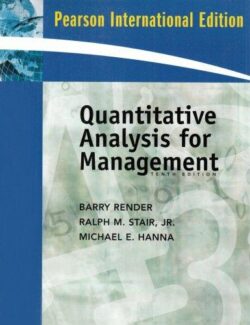




¿Qué piensas de este libro?
No hay comentarios